The Sneaky Scam of 2025: AI Trading Bots
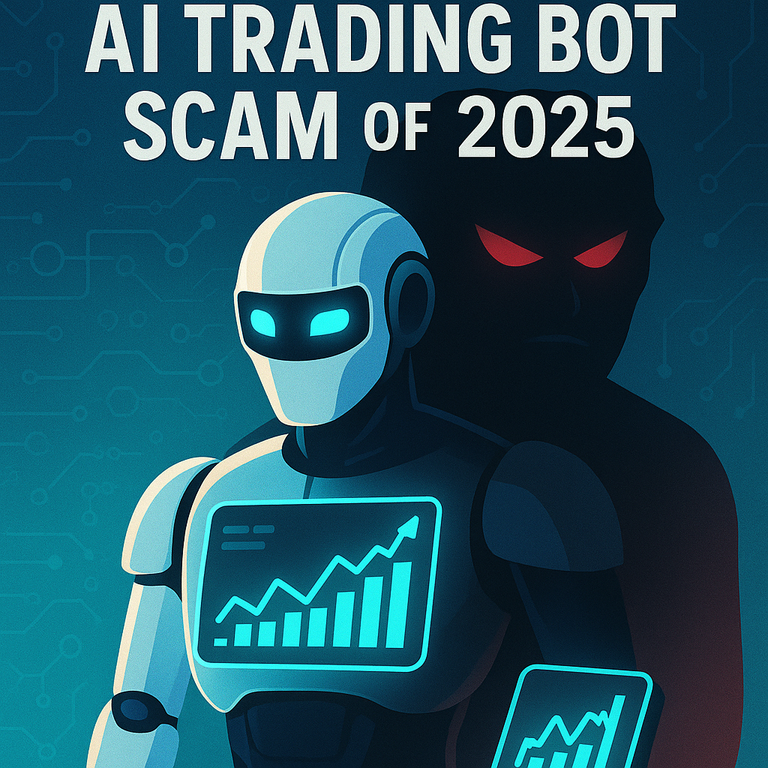
Let say you're scrolling online, and you see an ad promising you can make tons of money without lifting a finger. It says, "Our AI trading bot has a 98% win rate! Sign up now and watch your money grow!" Sounds amazing, right? But what if it's a trap? In 2025, a sneaky scam called AI-powered trading bots tricked people all over the world, stealing their money and trust. This wasn't just any scam, it was a brutal one that hid in plain sight, pretending to be part of the exciting Web 3 world. I will discuss in details, how it worked, and the big lessons we all need to learn to stay safe.

Before we get to the scam, let's talk about Web 3. Think of Web 3 as the next version of the internet. Unlike the internet we use now, where big companies like Google or Facebook control a lot, Web 3 is supposed to give power back to regular people. It uses something called blockchain, which is like a super secure digital record book. Web 3 includes things like cryptocurrencies (digital money like Bitcoin, Hive, Solana, Bitcoin cash), decentralized apps (apps that don't need a middleman), and more. It's exciting because it promises freedom and new ways to make money. But where there's money, there are also scammers waiting to trick people.
In 2025, one scam stood out as the worst of the worst: AI-powered trading bots. These were programs that claimed to use super-smart artificial intelligence to trade cryptocurrencies for you. The ads made it sound like magic. They said, "Our bot can predict the market and make you rich! Just pay a small fee, and you're set." People saw promises of a "98% win rate," which means the bot supposedly won almost every trade. Who wouldn't want that? But here's the truth: it was all a big lie. These bots didn't work as promised. Instead, they were a clever trap designed to steal money from people who believed in them. The scammers used the hype around Web 3 and AI to make their fake bots look real. They hid behind fancy websites and big promises, but it was all a disguise.

Let me break down how these AI trading bots tricked so many people. It's like a recipe for a scam, and the scammers followed it perfectly. First, they created ads that sounded too good to be true. They said their bots could make you rich quickly, with no effort. They used words like "guaranteed" and "98% win rate" to make people excited. These ads popped up on social media, websites, and even in emails. To use the bot, you had to sign up and pay a monthly fee. The fee seemed small at first, maybe $20 or $50 a month. But once you signed up, the scammers made it hard to cancel. Your credit card kept getting charged, and the bot didn't make you any money. Some people lost hundreds or even thousands of dollars just on these fees.
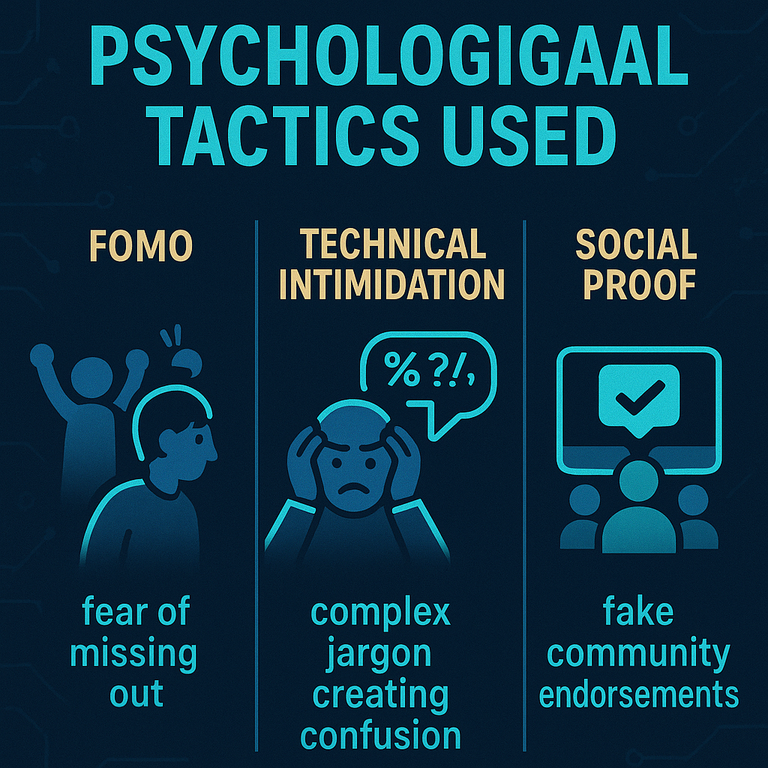
The bots showed fake "wins" on your screen to make you think they were working. For example, your account might show you earned $1,000, but when you tried to take the money out, it wasn't there.
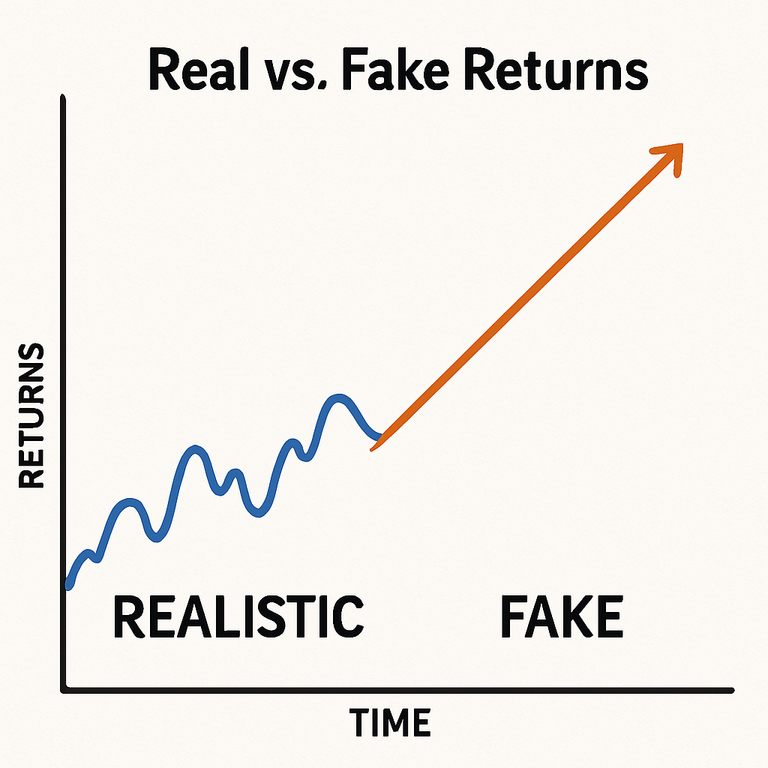
The scammers were just showing you fake numbers to keep you hooked. The scammers didn't care about making real trades. Their real plan was to take your money. They used the fees you paid and any money you put into the bot as their profit. In other words, you were the one they were "selling" to; they got rich by emptying your wallet. This scam was brutal because it didn't just steal money; it played with people's hopes. People thought they were investing in a bright future with Web 3 and AI, but instead, they lost everything.
You might be wondering, "Why was this scam worse than others?" There were other scams in 2025, like a "poison address" scam where someone lost $699,000 or a "rug pull" scam that hurt 1,048 investors. Those were bad, but the AI trading bot scam was on another level. Here's why: This scam didn't just target one group. It went after anyone with a phone or computer, from young people new to crypto to older folks looking to grow their savings. It was global, hitting people in every country. AI is a hot topic, and people think it's super smart. The scammers knew this and used AI's popularity to make their bots seem trustworthy. They made it look like cutting-edge technology, but it was just a trick.
They likely took millions of dollars from thousands of people. The subscription fees and fake trades added up fast. Web 3 is supposed to be about fairness and freedom, but this scam made people scared to try new technologies. It hurt the whole idea of Web 3 by making it seem risky.
It's easy to say, "I'd never fall for that!" But the truth is, these scammers were really good at what they did. Everyone wants to make money easily, especially in tough times. The idea of a bot doing all the work was super tempting. The scammers made professional-looking websites and videos. They even paid influencers to talk about the bots, making them seem legit. Web 3 and AI are new and confusing for many people. If you don't know much about them, it's hard to spot a fake bot from a real one. Web 3 is like the Wild West; there aren't many laws to protect people yet. Scammers took advantage of this to run their schemes without getting caught. Even smart people fell for it because the scammers knew exactly how to push their buttons.
When people realized they were scammed, they were angry and heartbroken. Some tried to get their money back, but the scammers were gone, hiding behind fake names and websites. Others shared their stories online to warn people. For example, the Commodity Futures Trading Commission (CFTC) put out a warning saying, "AI won't turn trading bots into money machines." They told people to watch out for big promises and fake win rates. On X, users started posting about the scam to spread the word. One post from one tech news talked about other scams, but the AI bot thread got a lot of attention. People were shocked at how many got hurt. Slowly, the truth came out, but for many, it was too late.
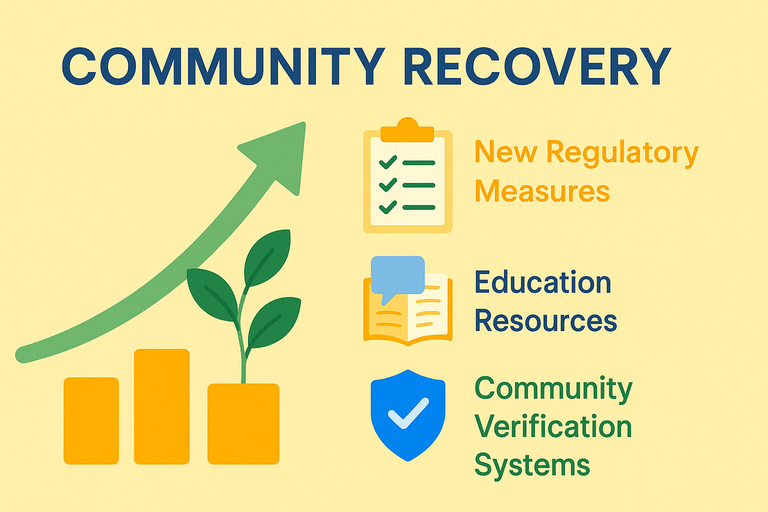
This scam was a wake-up call for everyone. It showed us that even cool new tech like Web 3 and AI can be used for bad things. Here are the big lessons we should take away to stay safe: Any ad promising "guaranteed" money or a "98% win rate" is a red flag. Real investing is never that easy. Always ask yourself, "Why are they promising so much?" Before you give money to any app or bot, research it. Look for reviews from real people, not just the company's website. Check if experts or news sites talk about it. If it's hard to find info, that's a bad sign.
Subscription fees can add up fast. Make sure you can cancel easily, and read the fine print before signing up. If a bot asks for money upfront but doesn't explain how it works, walk away. The more you know about Web 3, the harder it is for scammers to trick you. Take time to understand blockchain, crypto, and AI. There are free videos and articles online to help you start. Web 3 needs better laws to protect people. Tell your leaders to make rules that stop scammers and make companies prove their tech works. The more we demand this, the safer Web 3 will be. If you or someone you know gets scammed, talk about it. Posting on X or other platforms can warn others. The more we share, the less power scammers have. These lessons aren't just for Web 3; they apply to anything online. Being smart and careful can save you from a lot of trouble.
But let's dig deeper into why so many fell victim to this particular scam. The timing couldn't have been worse—or better, from the scammers' perspective. By 2025, people had heard endless success stories about early crypto investors becoming millionaires. FOMO (fear of missing out) was at an all-time high. Nobody wanted to be the person who missed the next big thing. The scammers played on this perfectly, positioning their bots as the gateway to the wealth that so many had already achieved.
The technical jargon they used was another clever trick. Terms like "proprietary AI algorithms," "machine learning optimization," and "predictive market analytics" sounded impressive but meant nothing. Most victims didn't understand enough about AI or trading to question these claims. The scammers even created fake technical whitepapers filled with charts, graphs, and complicated formulas that looked legitimate to the untrained eye. They knew most people wouldn't read them carefully or wouldn't understand them if they did.
Social proof was another powerful tool in their arsenal. They didn't just rely on anonymous testimonials. They created entire communities of fake users who would engage in enthusiastic discussions about their "earnings." Some scammers even hired actors to create video testimonials, showing off luxury purchases supposedly funded by the bot's trading profits. When potential victims researched the bots online, they found these seemingly genuine communities raving about their success.
The payment structure was diabolically clever too. Rather than asking for a large sum upfront, which might raise suspicions, they started with a small monthly fee that seemed reasonable. Over time, they introduced "premium tiers" or "advanced trading algorithms" that required additional payments to "unlock maximum profits." By then, victims were already invested and believed they needed to spend more to make back what they'd already spent. It's a psychological trap similar to the sunk cost fallacy; the more you've invested, the harder it is to walk away.
Perhaps most disturbing was how the scammers targeted the vulnerable. During economic uncertainties in 2025, many people were struggling financially. The scammers specifically advertised on platforms frequented by those looking for second income sources or financial advice. They targeted retirees worried about their savings, college students drowning in debt, and working families struggling to keep up with inflation. These weren't just faceless victims; they were real people with hopes and dreams who thought they'd found a solution to their financial worries.
What made this scam particularly devastating was the secondary wave of damage it caused. After losing money to the bots, many victims, desperate to recoup their losses, became vulnerable to "recovery scams." These were schemes where scammers posed as lawyers or tech experts who claimed they could help recover the stolen funds, for a fee, of course. This created a vicious cycle where the same victims were hit twice.
The emotional impact shouldn't be underestimated either. Victims reported feelings of shame, embarrassment, and self-blame. Many didn't tell friends or family what happened, fearing judgment. This isolation only made recovery harder. Support groups eventually formed online, providing a safe space for victims to share experiences and heal together. These communities became crucial in spreading awareness and preventing others from falling into the same trap.
This scam was a big blow to Web 3, but it doesn't mean Web 3 is all bad. There are still amazing things happening, like new ways to create art, play games, or even vote securely. The key is to fix the problems. Companies need to make honest apps, governments need to make rules, and we need to stay sharp. The AI trading bot scam showed us that scammers will always try to sneak in, especially when something new and exciting comes along. But it also showed us that we can fight back by learning, sharing, and demanding better. Web 3 can still be a great place if we work together to keep it safe.
On the positive side, this scam led to some important changes. Regulatory bodies across the world finally started taking Web 3 scams seriously. New guidelines were introduced requiring AI claims to be verified by independent third parties. Trading platforms implemented stricter verification processes for any bots listed on their marketplaces. Education became a priority, with resources being developed to help people understand both the potential and risks of AI and crypto technologies.
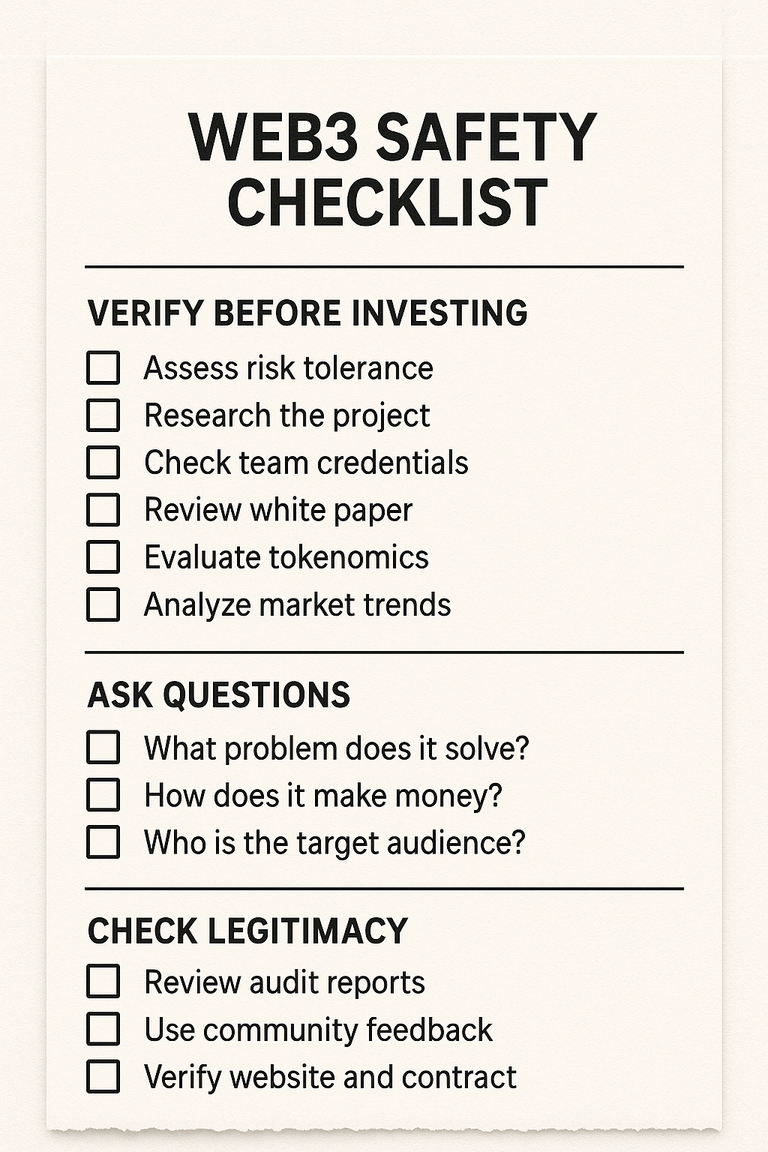
The AI-powered trading bot scam of 2025 was a brutal lesson for the world. It tricked people with fake promises, stole their money, and made them doubt Web 3. But it also taught us how to be smarter. By questioning big claims, researching before we invest, and spreading the word, we can stop scammers in their tracks. So, next time you see an ad saying, "Get rich quick with our AI bot!" pause and think. Remember this scam and the people it hurt. You have the power to say no and protect your money. Let's learn from 2025 and make sure we're ready for whatever comes next. The future of Web 3 depends not just on technology but on building a community of informed, cautious users who can tell innovation from illusion.